

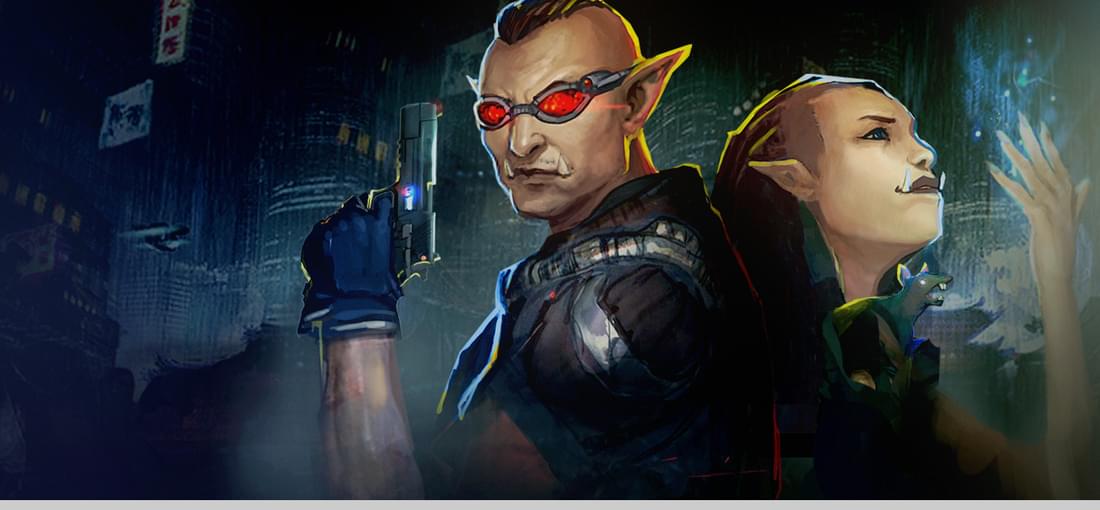
First things first: Shadowruns are tactical games with some rpg elements, similar to Jagged Alliance 2, or Fallout Tactics. Tested formula works: - the gameplay loop of getting contract-fulfill contract-hit on contacts is enjoyable - brilliant soundtrack - the game looks stylish, with local flavor. - close to the source material Dragonfall's problems were not solved: - not much conversation with the team during the tactical phase, followed by infodumps during downtime - some builds are useless (eg. shaman) - not much reactivity from the game world (eg. a ghoul companion is usually not recognized as such) - choices are mostly color Innovation? 1: hacking This was criticized in Dragonfall, and the developers implemented a real time version. Unfortunately, the controls were not updated with this in mind, and are pretty unresponsive. This is not a problem in turn based, but makes RT hacking frustrating. Fortunately, one can just apply the brute force method. The player base seems to be evenly split on this. 2: stealth missions Spice things up with stealth missions? Why not? Unfortunately this is also undermined with the unresponsive real time controls. (solution would be Invisible Inc.) 3: more flavor, better storytelling, but linear design The contracts are more varied than before, the props are distinct, but in the meantime the layouts are also simplified. The numerous approaches, multiple chokepoints, alternative routes from Dragonfall are mostly gone. 4: roleplay More dialog per companions is good, right? Yes and no. The writing is above the industry standard, but doesn't really work with the tactical coombat-roleplay scene gameplay loop. Characters are mostly silent when shooting, but they never seem to stop talking during downtime. I felt that the NPCs with less dialog were more memorable, such as Kindly Cheng and Strangler Bao. Overall I think this is a nice tactical game, and despite the changes hurting it a bit, the foundations proved to be solid.
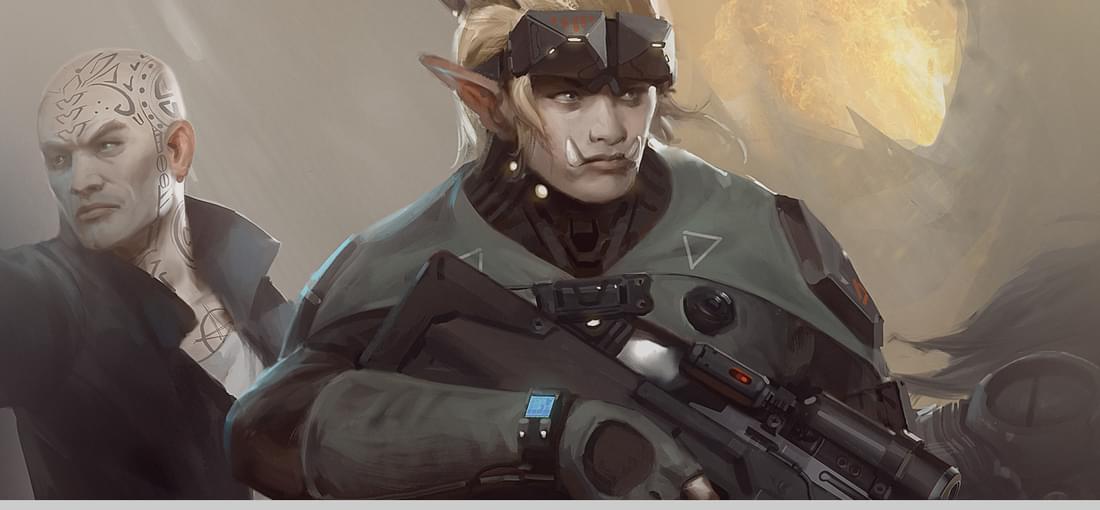
I very often see reviews not detailing what this game is, and even more confusing is that it often gets into roleplay game charts. Since this might cause a misunderstanding, and unhappy players, I think we should set this straight. This is a tactical game set in the Shadowrun universe, which uses a very similar (or same?) game engine like XCOM: Enemy Within, with a few RPG elements added on top. If you played Jagged Alliance 2 back in the day, this is quite close. PRO - the general loop of fulfilling a contract, hitting up on contacts, spending some money works well - the actual contracts are interesting, and often challenging - there is not inventory management like usual in RPGs. For example ammo is infinite, you just have to reload sometimes. I like this, cuts some of the tedium. - the actual roleplay elements, like the talks with your core team are okay. Not outstanding, but not bad either. Considering SR: Returns (or JA2), it is a big leap forward. - the actual contract areas are very well designed, always with multiple approaches. No tunnels with enemies. - the game looks like Shadowrun should, very stylish and easy on the eyes - very good representation of actual pen and paper shadowrun games, also close to the source material CONS - since mostly there is no conversation with the team during a contract, the infodump between two actions scenes can drag on. Here it is managable, but Hong Kong is unbearable. - some possible character builds are really useless. (eg. summoner shaman) - choices are mostly for color. There are no real consequences, until very late game, even if the situation simply begs for it. - the AI is quite bad. They often only act once, even when they could take three actions I think this formula is brilliant, we didn't have this kind of game since Fallout Tactics and Jagged Alliance 2. However, positioning the game as a CRPG was not really a smart decision.
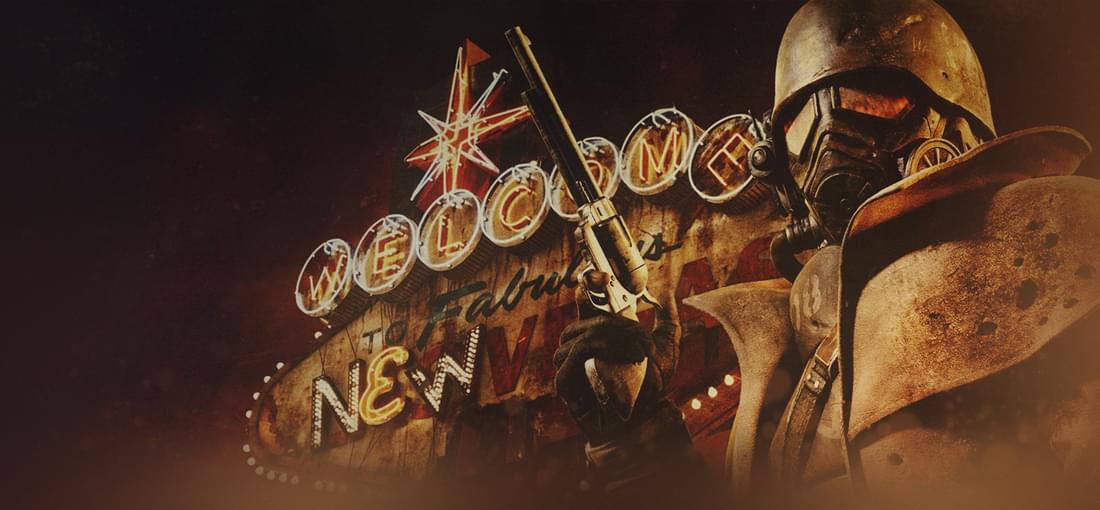
Back to the wasteland, where Fallout 2 left off. Pros: - this is not really a wasteland anymore, rather post-post-apocalypse. Nice change if you ask me. - lots of memorable characters, and some of my all-time favorites. (Joshua Graham) - stylish, and immersive, with internal logic - no level scaling. Yay! (I understand this is debatable, but I love this) - usually multiple solutions for the same quest. Sneaky and pacifist (mostly, not sure about animals) is possible. - the reactivity of the world is great - surprisingly low number of collect X filler quests Cons: - looks were outdated even in 2010. Bloodlines from 2004 looks better :) - that game engine is disasterous - the companion mechanics (not personalities) are not really thought out - Caesar's legion is mostly comic book evil. Unfortunately not even close to the antagonists of the originals (the Master and the Enclave) - while Fallout always had a wild west background theme, the amount of checkered shirts, cowboy hats and sixshooters a bit too much in this game. New Vegas is a game where you actively have to forgive it's mistakes to love it. If you can, this is still an enjoyable ride!
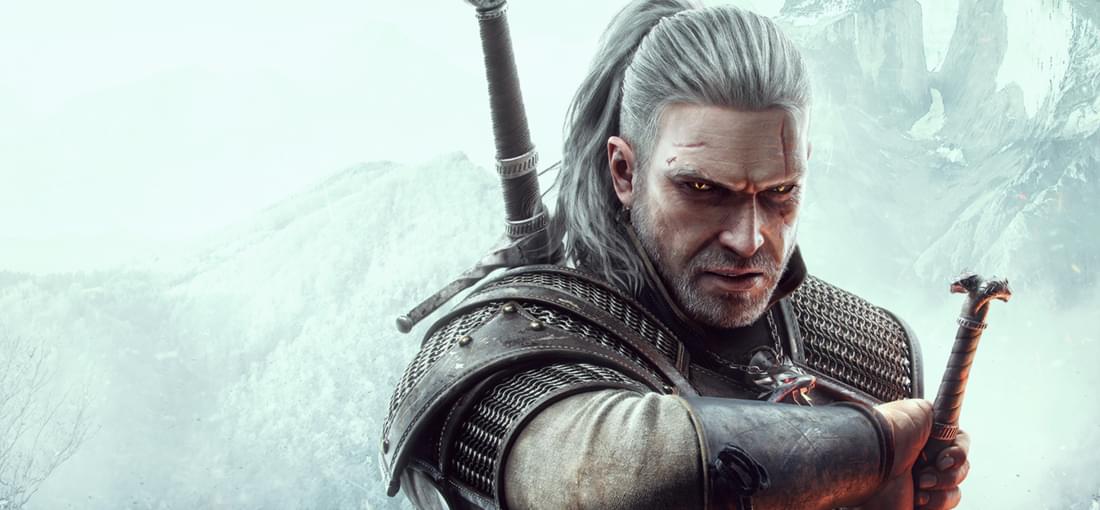
While Witcher 3 is a well-known and well-loved game, which manages to be at least average, but often great in everything, it has some problems. I thought a summary might be useful. PRO - storytelling and writing is the new top standard of the industry. Simply superb. Even simple fetch quests have quality writing and voice acting, some side quests are as memorable as the main questline. - well developed, and logically evolving characters. Very few overused clichés, even extras are memorable - the established characters are used to full effect - the opposing monsters are really well thought-out gameplay-wise - eastern european wibe is unique in PC gaming - the classic folk tales are very well integrated - Corvo Bianco is the only player stronghold that I actually liked. And I have a quite long history with rpgs. CON - some scenes I found a tad long, especially considering there is no pause option - item rewards (and loot) in this game is hopeless. Witcher 2 was much better in this regard. Please don't give me your 300 year old family heirloom sword, I will sell it anyway. - surprisingly ugly armor designs. Most of the armors look worse than W2. Crafted witcher gear and DLC armors are fine, but the rest? - controls are a bit unresponsive. Better than W2, but even after three full playthroughs, I find myself falling down from towers. UNDECIDED - Gwent. The play is nice, but I find it immersion breaking - Character development. I think the intention was to change the active skills based on the monsters, but it doesn't really work. Also, about a third to half of the skills is useless. - I found handholding is a bit too strong. Sometimes it is shameful level step-by-step guide, like enter the house what the quest marker already points to and also highlights with red... I have nothing new to add to the praise of others. This game is the new industry gold standard. Congrats to the developers, or rather Thank you!
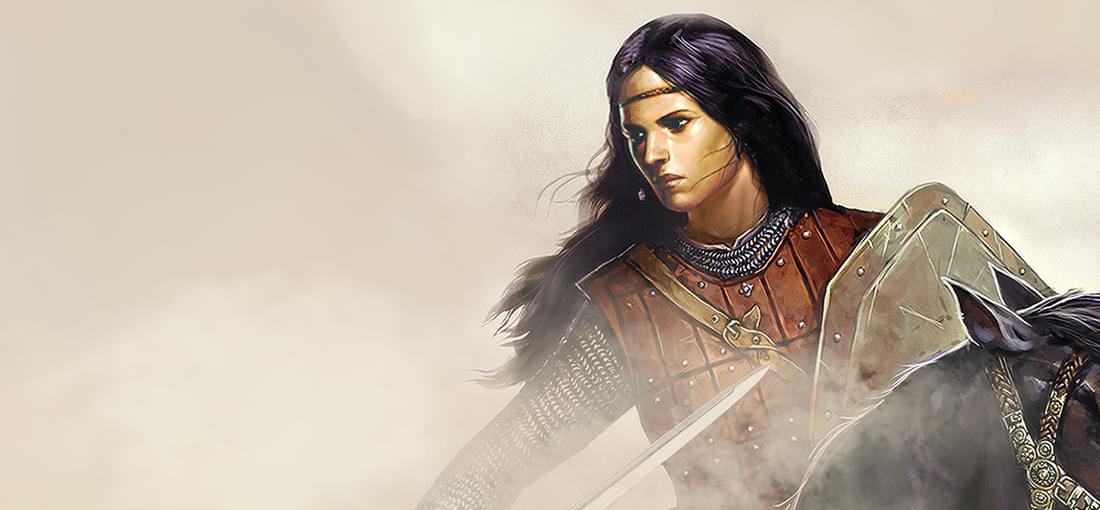
This game (and it's precedessor) is easily the game of the last decade for me, I don't even want to know how much time I spent on it. The good: - best melee simulation - best archery method - most satisfying mounted combat - brilliant mod support - good game systems - while the AI is very bad at tactics, charging a shield wall with two hundred of your men following you is brilliant The bad: - the basic game ("native") is a bit bland - some game systems could use some additional features (such as your wife or improving your holdings) - responsiveness of the game world is not good. (you defeat a lord army, he is back with the same numbers within a week) - graphics are mediocre, even for an old game To be honest I don't really play the basic game, and mods do offer solution for problems. Recommendations: Gekokujo (the original), The Last Days, Deeds of arms and chivalry, Chronicles of Might and Magic